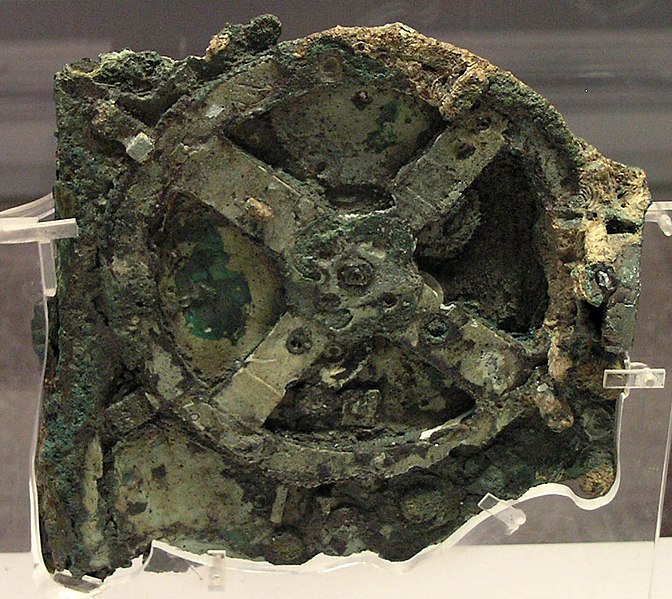· Mechanism hailed as more valuable than Mona Lisa
· Device with gear wheels tracked sun and moon
A 2,000-year-old mechanical computer salvaged from a Roman shipwreck has astounded scientists who have finally unravelled the secrets of how the sophisticated device works.
The machine was lost among cargo in 65BC when the ship carrying it sank in 42m of water off the coast of the Greek island of Antikythera. By chance, in 1900, a sponge diver called Elias Stadiatos discovered the wreck and recovered statues and other artifacts from the site.
The machine first came to light when an archaeologist working on the recovered objects noticed that a lump of rock had a gear wheel embedded in it. Closer inspection of material brought up from the stricken ship subsequently revealed 80 pieces of gear wheels, dials, clock-like hands and a wooden and bronze casing bearing ancient Greek inscriptions.
Since its discovery, scientists have been trying to reconstruct the device, which is now known to be an astronomical calendar capable of tracking with remarkable precision the position of the sun, several heavenly bodies and the phases of the moon...
Read the full story here.
Subscribe to:
Post Comments (Atom)

No comments:
Post a Comment